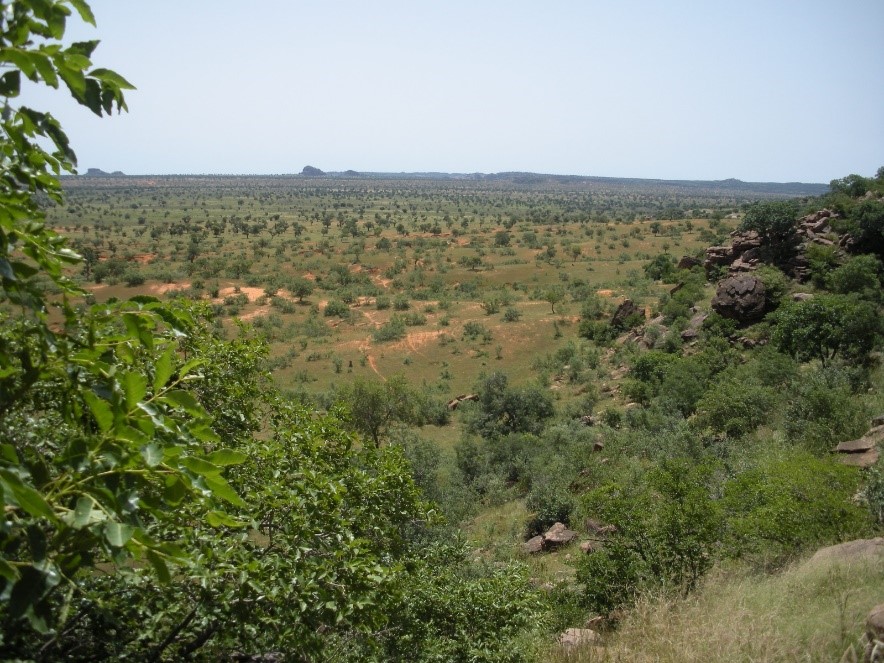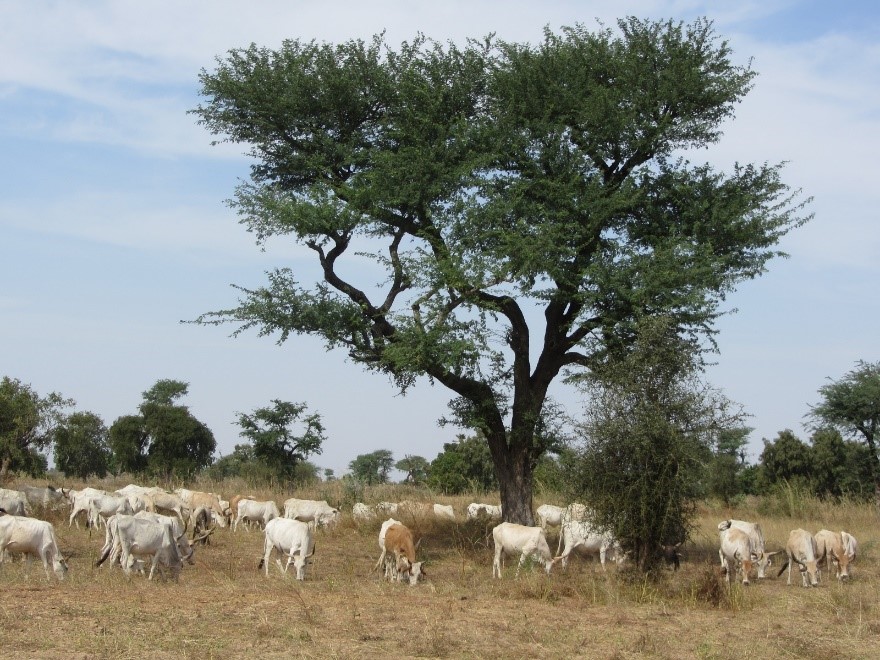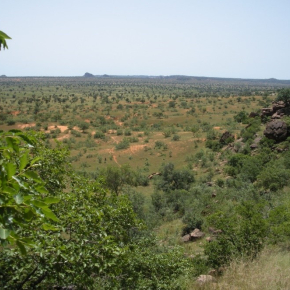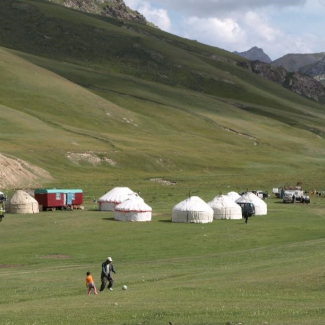
Unexpectedly large number of trees populate the Western Sahara and the Sahel
The number of trees inhabiting the Western Sahara, the Sahel and the Sudanian zone has exceeded the expectations of scientists, with more than 1.8 billion having been located thanks to an international collaboration including researchers from the CNRS1 . High-resolution remote sensing made it possible to gather a multitude of satellite images of these areas, which were then analysed by applying an artificial intelligence pattern recognition method. According to the study, which focused on trees with a crown size greater than 3m², isolated trees cover an area of 1.3 million km², about 2.5 times the surface area of France. Scientists also noted that crown size and tree density depends closely on the climatic regime and land use. These trees make a major contribution to local resources, biodiversity and carbon storage, as well as playing a crucial role in dry tropical ecosystems and agrosystems. This work, published on 14th October in Nature, highlights the possibility of creating an inventory of all the non-forest trees on the planet, in order to assess their contribution to environmental issues.


See a NASA video to visualize the scientific study.
- 1French scientists working at the Laboratoire « Evolution et Diversité Biologique » (CNRS/Université Toulouse III Paul Sabatier/IRD) and the Laboratoire « Géosciences Environnement Toulouse » - OMP (CNRS/CNES/Université Toulouse III Paul Sabatier/IRD).
An unexpectedly large count of trees in the West African Sahara and Sahel, M. Brandt, C. J. Tucker, A. Kariryaa, K. Rasmussen, C. Abel, J. Small, J. Chave, L. Vang Rasmussen, P. Hiernaux, A. Aziz Diouf, L. Kergoat, O. Mertz, C. Igel, F. Gieseke, J. Schöning, S. Li, K. Melocik, J. Meyer, S. Sinno, E. Romero, E. Glennie, A. Montagu, M. Dendoncker, R. Fensholt, Nature, 14 october 2020. DOI : 10.1038/s41586-020-2824-5


